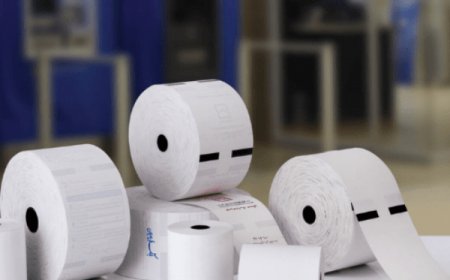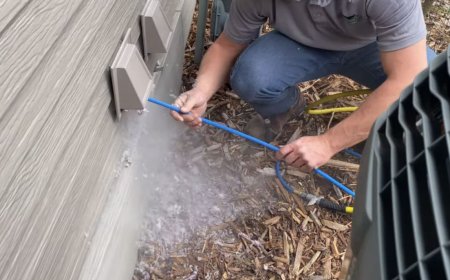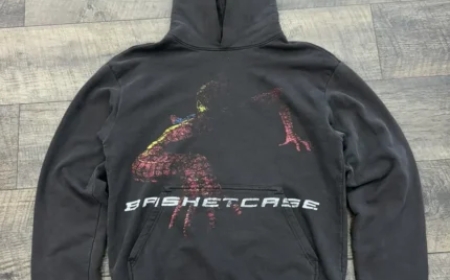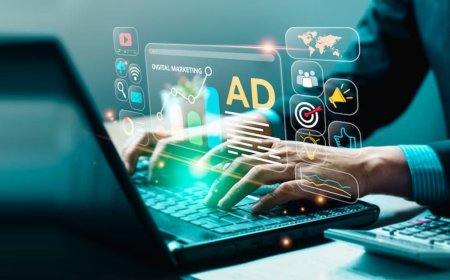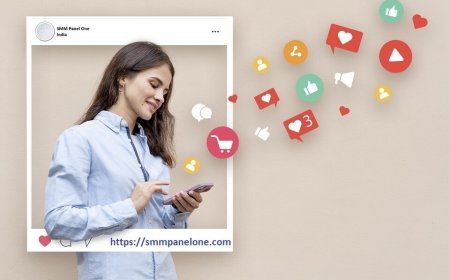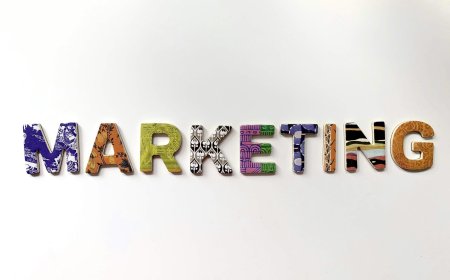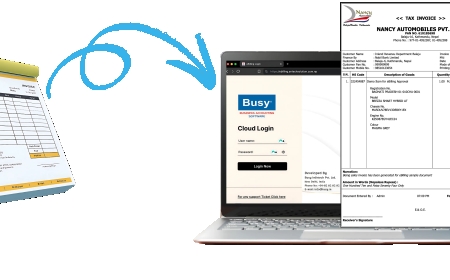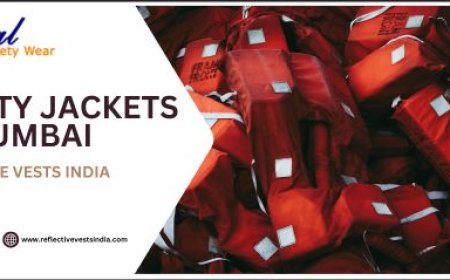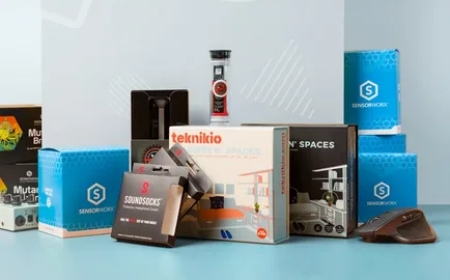Next-Gen PET Design Breakthroughs for Efficient Recycling
Explore how PET design innovations are transforming downstream recycling processes, with insights from a plastic manufacturing company committed to circular economy solutions.
Smarter PET Design Makes Recycling Easier
There's huge pressure to make plastics that are better for the environment. Governments are making tougher recycling rules, and companies want to be more eco-friendly. That means looking at how packaging is made right from the start. PET is a common plastic for bottles, and it's being changed in ways that help it get recycled more easily. These changes aren't just about recycling more stuff; they're also about getting better quality recycled plastic at a good price.
If you're a plastic company today, changing how you design things is a great way to really make a loop of plastic usage. When PET bottles are made to work better with recycling systems, there's less waste, the plastic stays in good shape, and that helps us move to a system where things get reused.
Why how you design it matters for recycling PET
PET is cool because it's clear, strong, and keeps things fresh, but it's not always simple to recycle. Things like labels, glue, caps, colors, and different layers of plastic can mess up recycling. They can make the recycled plastic dirty or require expensive cleaning. If you tweak the design when you're making the bottle, you can stop these problems before they happen.
Designing for recycling means thinking about recycling from the get-gojust as important as looks, how it works, and how much it costs. So, you're not just designing a bottle to hold something, but also to be taken apart easily, sorted, and turned back into something new at recycling centers.
Better Labels for Easier Recycling
One big problem is those full-body labels that shrink when heated, especially if they're made of the wrong stuff, like PVC. They don't come off easily during recycling and can make the recycled plastic dirty or discolored.
Now, they're making labels that float using materials like polyolefin. These pop off and float to the top when they're separated. There's also glue that washes off and printing tricks that make labels easier to sort. These changes help recycling plants sort things better and get cleaner plastic.
Less Color, More See-Through
Colored PET, especially dark colors, is a headache for recycling. Sorting machines can't always see dark PET, so it might get turned into something less useful or just thrown away.
A smart plastic company often tells its clients not to use too much color if they don't have to. If they need color, they might use light see-through colors or special stuff that doesn't mess with the sorting machines. With this, the PET is more likely to be sorted right and recycled.
One Material is Easier to Separate
Multi-layer PET packaging, mainly stuff that needs to keep air out using layers like EVOH, nylon, or aluminum aren't easy to recycle.
To fix this, companies are putting money into PET designs that use just one material or new additives that let different layers be recycled together. By keeping the material simple, designers can help with recycling while keeping the packaging useful.
Caps That Play Nice
Caps are often made from a different plastic, and they can be recycled, but they need to be separated from the PET bottle. New caps that stay attached, float, and are made from the same kind of plastic make it easier to recycle everything together.
Also, making caps lighter and not using metal parts helps to cut down on things that can cause problems. When these things are done right, more of the bottle and cap get recycled, and it's easier for recycling centers.
Easier Labels, Cleaner Sorting
Another idea is to make bottles so that labels come off easier when shaken. Bottles that are smooth, without a lot of panels or raised logos, don't hold onto labels as well, so they come off faster.
Also, if bottles are designed to line up in the right way during sorting (like making them the same shape on both sides or using color bands), the machines make fewer mistakes, and the recycling process is faster.
Digital Watermarks and Smart Packaging
One of the newest ideas is to use digital watermarks which are tiny codes on the bottle. These can tell you how to recycle it, what it's made of, or give info to the company. Scanners at recycling plants can read these and sort things better, even if the plastics are pretty similar.
For example, a watermark could tell the difference between PET that can be used for food and PET that can't, so recyclers can send it to the right place. It's still early days for this tech, but it could make recycling much more accurate.
How Plastic Companies Help
These ideas work best when everyone works together - from the people who make the plastic to the companies that use it and the recyclers. A plastic manufacturing company links the design ideas to making lots of bottles and helps turn eco-friendly goals into real products.
By making sure their research lines up with recycling rules from groups like the APR or EPBP, companies can make sure their bottles are not just well-made but also ready for a circular economy.
Also, some companies are working with recyclers to get ideas. This way, they can see how their products actually do in recycling plants and change their designs to make them even better.
What It Costs and What You Get Back
Designing for recycling might cost more at first because you have to change designs and molds. But it can pay off. Companies that use recyclable PET bottles can get money back from recycling programs, make their brand look better, and follow new packaging laws.
Also, better recycling means less waste and more high-quality recycled PET, which makes it cheaper to produce recycled PET for food. For companies that care about being sustainable, this helps the planet and their wallets.
The Big Picture: Reusing Everything
Better PET design can't fix all the plastic waste problems, but it's a big piece of the puzzle. When bottles are easier to recycle, the whole system gets more efficient, clear, and sustainable.
With new rules coming out around the world, companies need to take recycling seriously. The best companies aren't waiting for these rulesthey're using design to make their products and businesses better for the future.
Design is Key
As the world starts to focus on being eco-friendly, smart design is super important. By changing labels, colors, materials, and using smart sorting, PET packaging is being rethought to help the recycling system instead of fighting against it. For plastic companies thinking ahead, this is not just good for the environment; it's a way to get ahead in the game.





